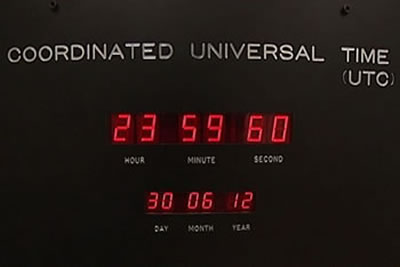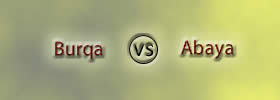Difference between UTC and GMT
Key difference: Both UTC and GMT are time standards that differ in terms of their derivation and their use.
 The acronym UTC is the result of a fiercely contested tussle between CUT, the English abbreviation of Coordinated Universal Time, and TUC, the French abbreviation of Temps Universel Coordonné. Notwithstanding this rivalry between the two, the ITU, i.e. The International Telecommunication Union decided to leverage the issue by coining the compromise term UTC, which stands till date as an abbreviation of the Coordinated Universal Time.
The acronym UTC is the result of a fiercely contested tussle between CUT, the English abbreviation of Coordinated Universal Time, and TUC, the French abbreviation of Temps Universel Coordonné. Notwithstanding this rivalry between the two, the ITU, i.e. The International Telecommunication Union decided to leverage the issue by coining the compromise term UTC, which stands till date as an abbreviation of the Coordinated Universal Time.
Greenwich Mean Time, or GMT, as it is popularly known, is named after the place where it is recorded and maintained, which is the Royal Observatory in Greenwich, London. The Greenwich Mean Time is derived from the longitude running through the Royal Observatory. This serves to explain the first part of its name, but not the word mean. The word mean is included in the name of this time standard, as GMT discounts considerations concerning the fluctuations in the earth-sun interaction. Every day of an year at Greenwich is considered to be an average day, and so the time derived thereby is mean time.

Over the years, the GMT has emerged as the primary time zone of reference for many parts of the world. These parts are time tracked in relation to GMT, as being x number of hours ahead, or behind the GMT. A fascinating fact about the GMT is that time tracking at Greenwich began at noon, i.e. at 12’ O clock. This is the reason why noon is represented by 00:00 hours, as per the Greenwich Mean Time.
UTC, on the other hand, is a 24-hour clock, which has midnight as 00:00 hours. It has 12:00 as noon time, 13:00 for 1 p.m., 14:00 for 2 p.m. and so on. One minute before midnight is denoted by 23:59 p.m. The UTC is based on atomic time and includes leap seconds that are added to the clock every once a while. This is because unlike GMT, UTC does take into consideration the irregularity of the earth and the sun's movements. In order to arrive at the exact time despite these irregularities, the leap seconds are added.
The UTC is based on the zero degrees longitude, which passes through the Greenwich Observatory, in London, which is exactly why it matches the time zone of the United Kingdom. UTC first came into existence in the mid-twentieth century, but became the official standard of world time not until January 1, 1972. UTC is the official time standard followed in the practice of aviation throughout the world. However, it is known by the name of Zulu time in aviation. Like GMT, UTC is the time zone reference for many parts of the world that are a certain number of hours, or hours and minutes behind or ahead of UTC.
In fact, UTC is the most widely and appropriately used time standard across the world today.
Comparison between UTC and GMT:
|
|
UTC |
GMT |
|
Full form |
Coordinated Universal Time |
Greenwich Mean Time |
|
Based on |
Atomic time |
Astronomical observations |
|
Negligence |
N/A |
GMT disregards the movements of the earth and the sun. |
|
Time added |
Leap seconds are added to UTC in order to compensate for the irregularities caused by the movements of the earth and the sun. |
N/A |
|
Starts at |
Midnight |
Noon |
|
Time of origin |
Mid-nineteenth century |
Mid-twentieth century |
Image Courtesy: garymcguire.wordpress.com, wikipedia.org









Add new comment